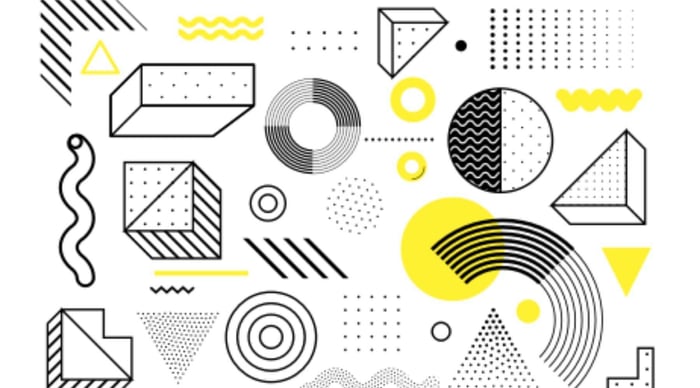
How to Tackle the UCAT Abstract Reasoning Patterns
Listen to article
Audio generated by DropInBlog's Blog Voice AI™ may have slight pronunciation nuances. Learn more

Numbers
This is by far the simplest and most common type of pattern that you might come across in the AR section. In this type of questions, you will be presented with two sets of shapes, Set A and Set B, each of which will share a common pattern, and you will be asked to identify to which of the two sets the test shape belongs to. As the most common type of question, counting the number of shapes present in each box of the two sets is usually a good place to start looking for that pattern. Remember, however, that the pattern may have to do with numbers, but may not include all abstract shapes present in the boxes and that some may just be distractors. Therefore, pay attention to whether a particular type of shape occurs frequently and count its number. Maybe it is only the black circles or the white triangles that are of importance and there’s always two or three of them in each box, setting the pattern for that set.
Edges
Another type of pattern you might come across is the number of sides present in each set. You will find out this number by counting all edges within a box - for example, in a box with one triangle and one square, you have a total of 7 edges. Remember, though, that a circle is counted as having one edge.

Symmetry
Looking for symmetry is usually amongst the more straightforward patterns, as the boxes within both sets will share some kind of obvious symmetry. Your task is to identify what type of symmetry it is, e.g. horizontal, vertical or diagonal, before you assign test shapes to either of the sets. When you are looking for symmetry, imagine drawing a line through that plane with the two halves on each side overlapping a mirror image fashion - they need to be exactly identical for there to be symmetry between the two.
Complete the series & Complete the statement
Apart from the Set A & Set B types of questions, there will be several Complete the series questions, which will essentially present you with three consecutive boxes and ask you what the next one should be. The correct answer needs to complement the series and fit into the pattern of the first three boxes. For this type of questions, you need to note how the shapes change from one box to the next - they may rotate, change colour or change position. It usually helps to focus on one shape only at a time and follow it through the course of the three boxes, identifying its movements, before moving onto the next. That way, you can also start excluding answer options one by one, whenever a particular shape doesn’t fit the pattern.
Complete the statement questions present you with a relationship between two boxes and then ask you to identify how that relationship is carried out in a test pair. The first shape of the test pair is given to you and the second one has to be picked out of a row of four possible choices. You can apply a similar technique here, trying to identify the relationship between the first two boxes - are the shapes within moving, changing colour, increasing in the number of edges? Whatever the relationship between the two boxes is, it has to be followed in the test pair, too. The exclusion principle can also work well here if you use the step-by-step approach and focus on each shape individually as you go.
We hope these tips were helpful in your preparation and you feel more confident tackling the Abstract Reasoning test part of the UCAT. Good luck and if you have any questions or concerns, don’t hesitate to contact us at [email protected].



